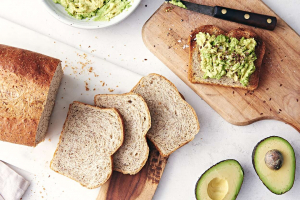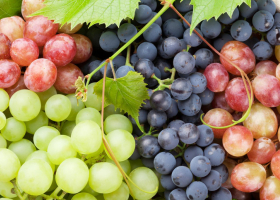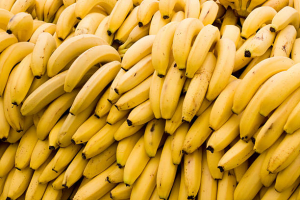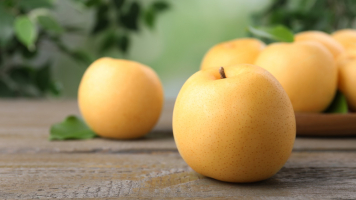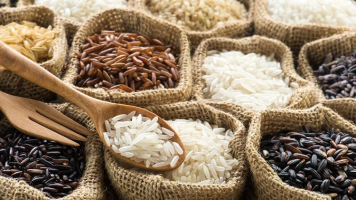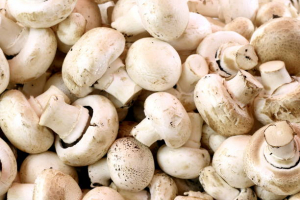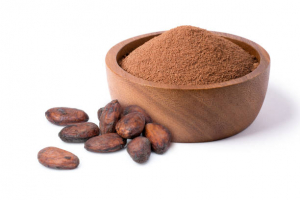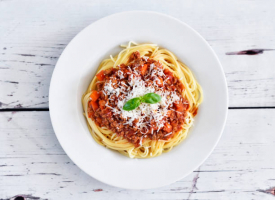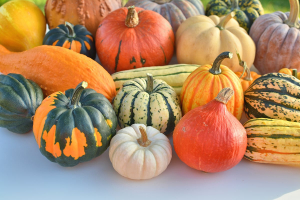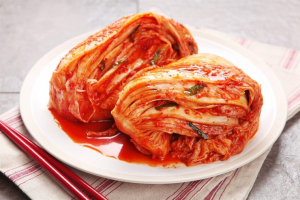Top 9 Healthiest Types of Cheese
Cheese can be included in a healthy diet. However, other cheeses, such as jarred queso, are rich in sodium, and preservatives and contain few beneficial ... read more...nutrients such as protein. Fortunately, there are many healthy kinds of cheese available that may offer you important vitamins and minerals for a well-balanced, delicious diet. Let's find out some of the Healthiest Types of Cheese are listed below!
-
Mozzarella is a moist white cheese with a soft texture. It is often made from Italian buffalo or cow's milk and originated in Italy. It is lower in sodium and calories than most other cheeses.
Lactobacillus casei and Lactobacillus fermentum are among the microorganisms found in mozzarella that work as probiotics. These probiotics have been shown in both animal and human research to enhance gut health, increase immunity, and reduce inflammation in the body. Drinking 7 ounces (200 ml) per day of fermented dairy containing Lactobacillus fermentum for three months dramatically reduced the duration of respiratory infections, according to a study of 1,072 older adults. As a result, dairy products containing this probiotic, such as mozzarella, may help to improve your immune system and fight infections. Mozzarella is great in a Caprese salad with fresh tomatoes, basil, and balsamic vinegar.
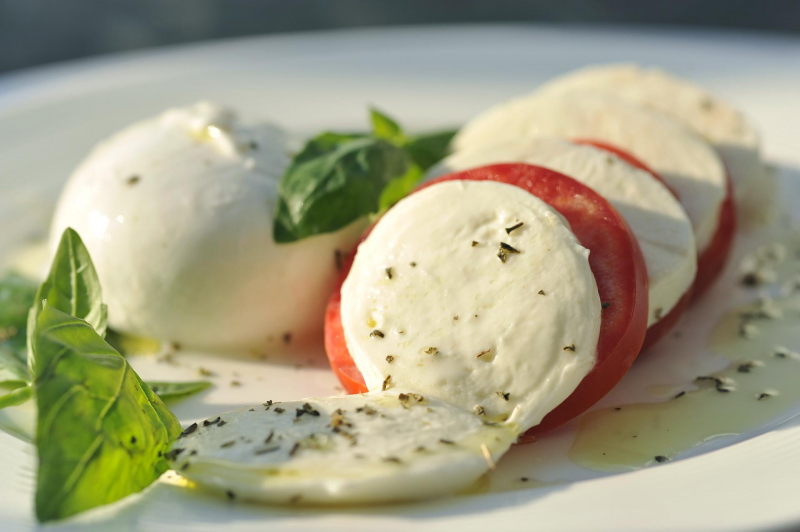
Mozzarella Cheese 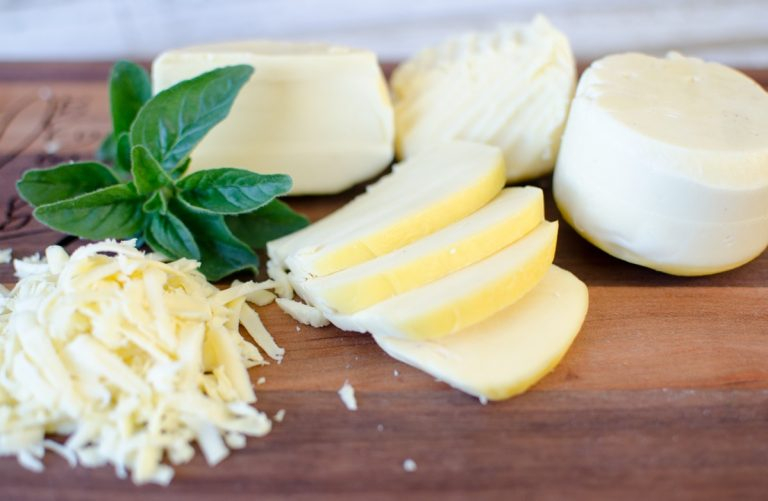
Mozzarella Cheese -
Blue cheese is made from cow milk, goat, or sheep that has been cured with Penicillium cultures. Blue cheese has a distinct odor and bold, tangy flavor due to the mold used to make it.
Blue cheese is a high-protein food. Researchers believe that the fat included in some dairy products, such as blue cheese, may have a neutral or even positive effect on cardiovascular health. Blue cheese is also high in calcium and has a higher nutritional value than most other cheeses. Because blue cheese is high in calcium, a vitamin essential for bone health, including it in your diet may help you avoid bone-related issues. In fact, adequate calcium consumption has been linked to a lower risk of osteoporosis, a condition in which bones become brittle and weak. Blue cheese goes well with spinach, nuts, and apples or pears in burgers, pizzas, and salads.
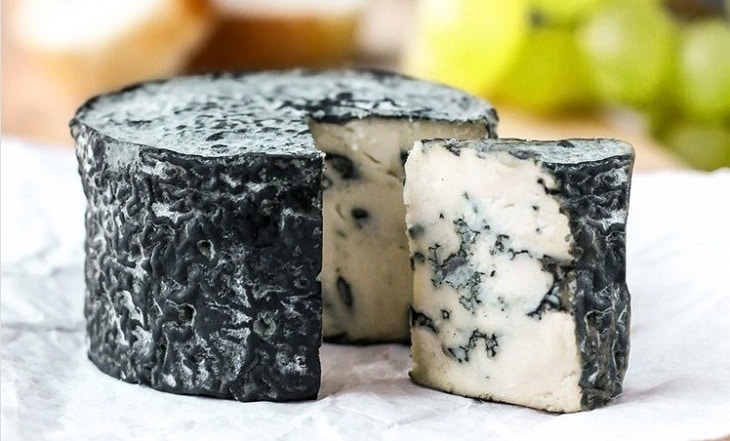
Blue Cheese 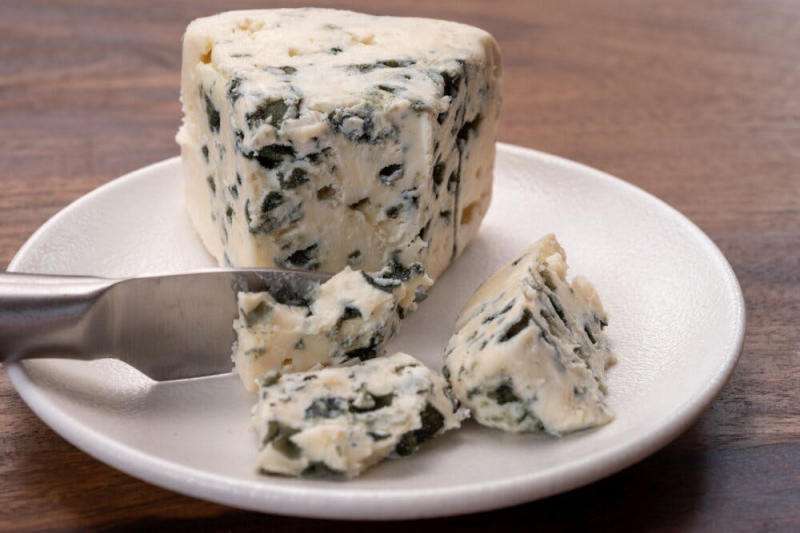
Blue Cheese -
Feta is a salty, soft white cheese that originated in Greece. It's usually made using the milk of sheep or goats. Sheep's milk feta has a tangy, sharp taste, but goat's milk feta has a milder taste. Because feta is packaged in brine to keep it fresh, it has a high sodium content. However, it does have fewer calories than most other cheeses.
Feta, like other full-fat dairies, contains conjugated linoleic acid (CLA), a medium-chain fatty linked to weight loss and improved body composition. A study of 40 overweight adults found that consuming 3.2 grams of CLA per day for six months reduced body fat and prevented holiday weight gain when compared to a placebo. As a result, foods high in CLA, such as feta, may help improve body composition. In fact, feta and other sheep's milk cheeses have a higher CLA content than other cheeses. To include feta cheese into your diet, sprinkle it over salads or add it to eggs.
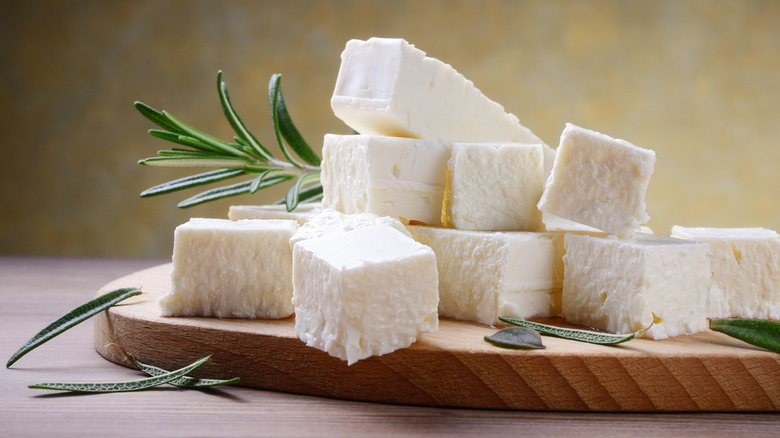
Feta Cheese 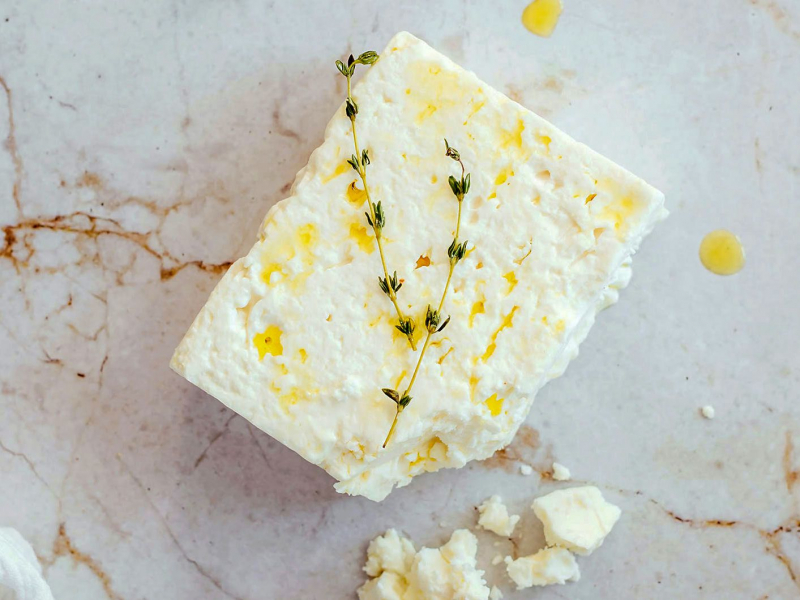
Feta Cheese -
Cottage cheese is a soft white cheese made from loose cow's milk curds. It is believed to have a substantially greater protein content than other types of cheese.
Cottage cheese is often recommended for weight loss since it is high in protein but low in calories. Several studies have found that consuming high-protein foods like cottage cheese might increase feelings of fullness while also lowering overall calorie intake, thus contributing to weight loss. Cottage cheese was shown to be equally as full as an omelet with a similar nutritious profile in a study of 30 healthy people. As a result, including cottage cheese in your diet may help you feel fuller after meals while also lowering your caloric intake. You can spread it on toast, mix it into smoothies or add it to scrambled eggs.
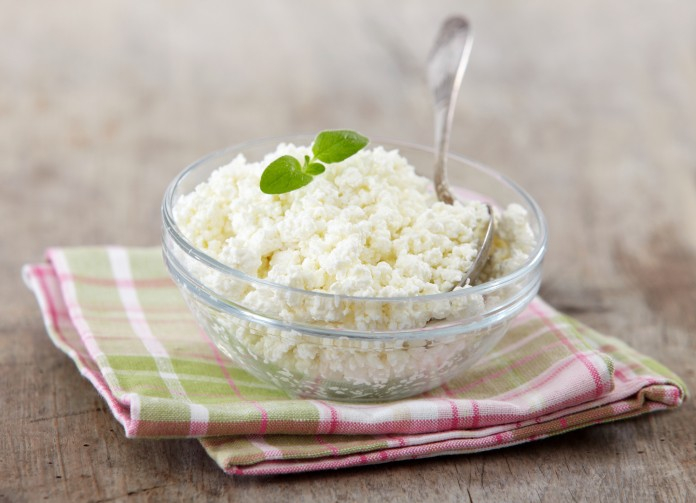
Cottage Cheese 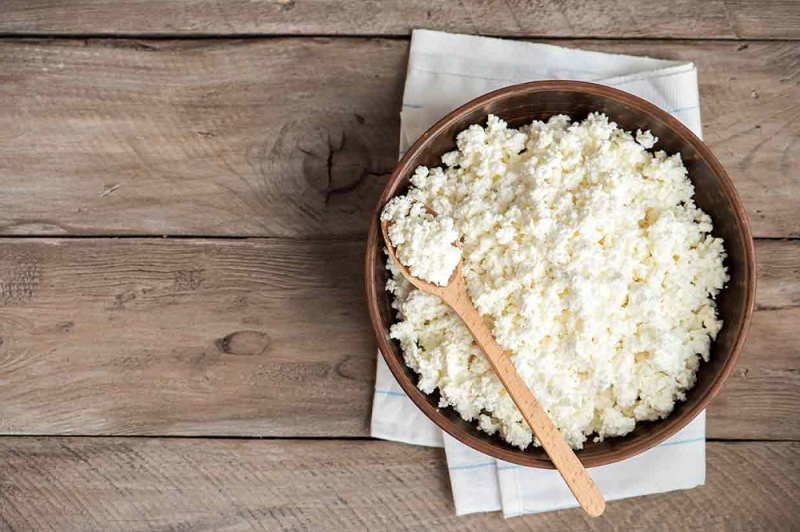
Cottage Cheese -
This cheese, which dates back to the Bronze Age, is one of the world's oldest. Ricotta is an Italian curd cheese made from the whey left over from other cheese production.
Ricotta is a healthier option than most cheeses since it has less salt and fat (10% fat, of which 6% is saturated). It has a light, creamy texture with a slightly grainy texture and a delicate taste that may be used on its own or in sweet and savory dishes. Ricotta cheese is mostly made out of whey, a milk protein that contains all of the essential amino acids that humans require. Whey is easily absorbed and may help muscular growth, blood pressure control, and cholesterol reduction. You may crumble it into warm pasta for a delicious and healthy dish, or use it instead of mozzarella or other cheeses to top your pizza.
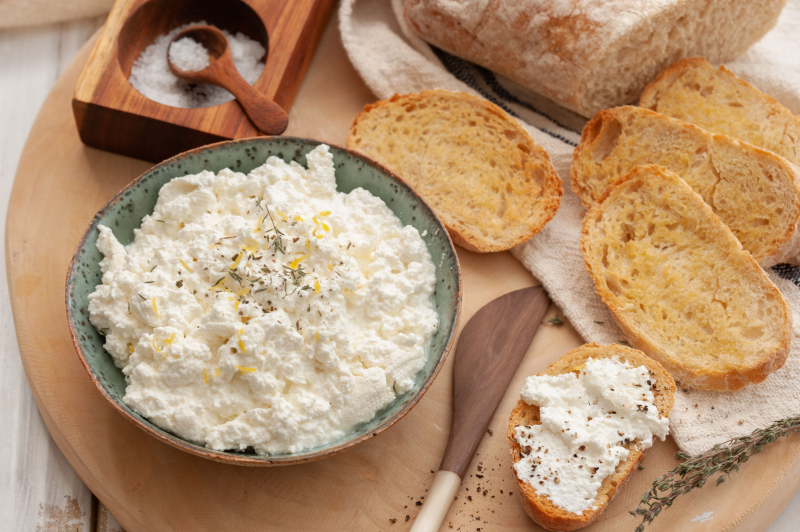
Ricotta Cheese 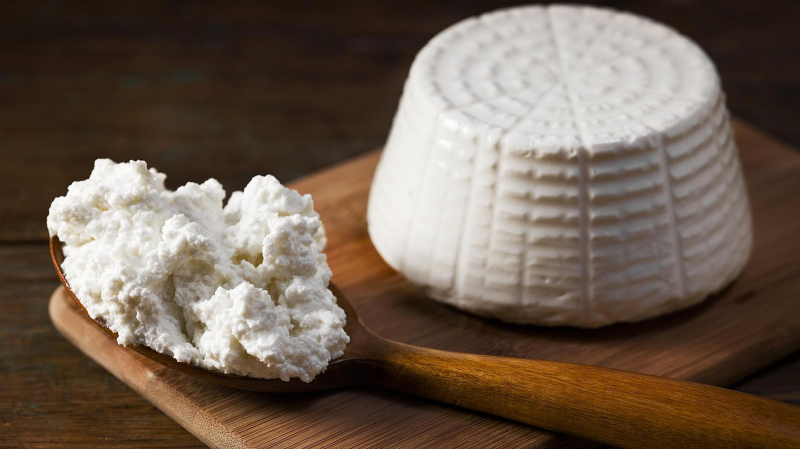
Ricotta Cheese -
Parmesan is a salty, nutty-flavored hard, aged cheese with a gritty texture. It's made from raw, unpasteurized cow's milk that's been kept for at least a year to kill harmful bacteria and give it a rich flavor.
An A1-ounce (28-gram) serving contains about 30% of the RDI for phosphorus. Because Parmesan is high in calcium and phosphorus, two nutrients involved in bone formation, it may help to maintain bone health. Higher dietary calcium and phosphorus intakes were substantially associated with better bone mass in certain parts of the body, including the femur, the longest human bone, according to one research of nearly 5,000 healthy Korean adults. Finally, because it has been stored for a long period, Parmesan has a very low lactose content and can usually be tolerated by most lactose-intolerant people. Pasta and pizzas can be topped with grated Parmesan. Spread slices on a cheese board with fruit and nuts, or sprinkle them on eggs.
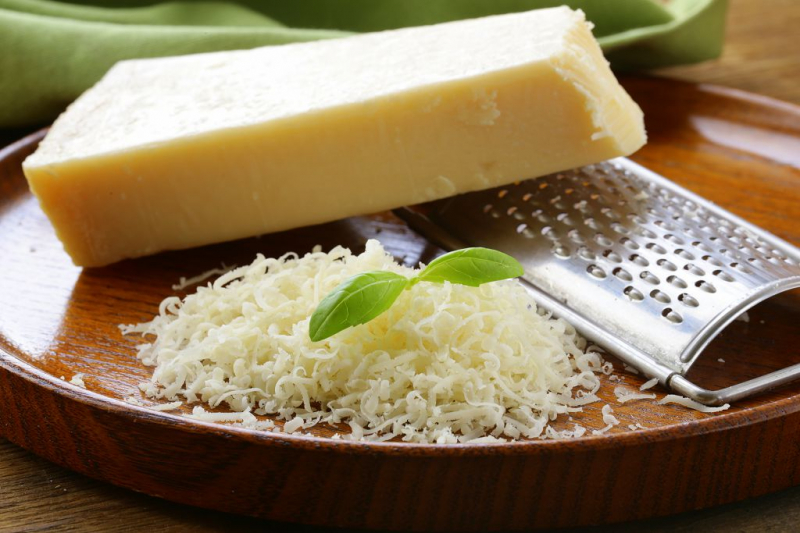
Parmesan Cheese 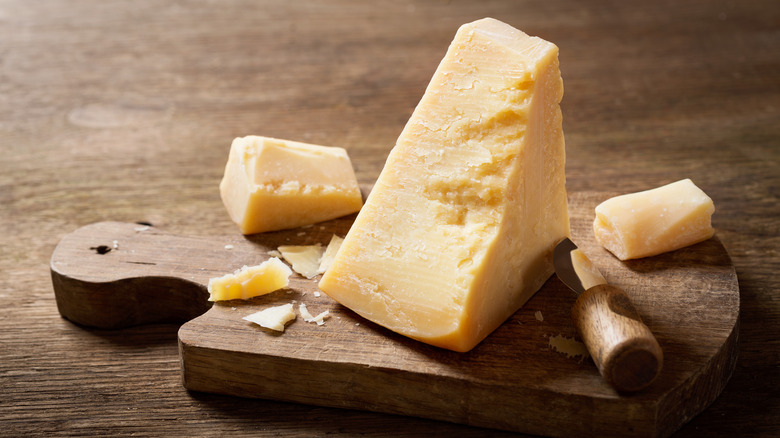
Parmesan Cheese -
As the name suggests, Swiss cheese originated in Switzerland. This semi-hard cheese has a mild, nutty taste and is often made from cow's milk. Bacteria that release gases during the fermentation process create their signature holes.
Swiss cheese is often recommended for anybody who has to monitor their salt or fat intake, such as people with high blood pressure because it is lower in sodium and fat than most other cheeses. Furthermore, research has found that Swiss cheese contains a number of compounds that inhibit the angiotensin-converting enzyme (ACE). Because ACE restricts blood vessels and raises blood pressure, compounds that block it may help reduce blood pressure. Swiss cheese may be eaten with fruit or included in sandwiches, egg bakes, burgers, and French onion soup to add diversity to your diet.
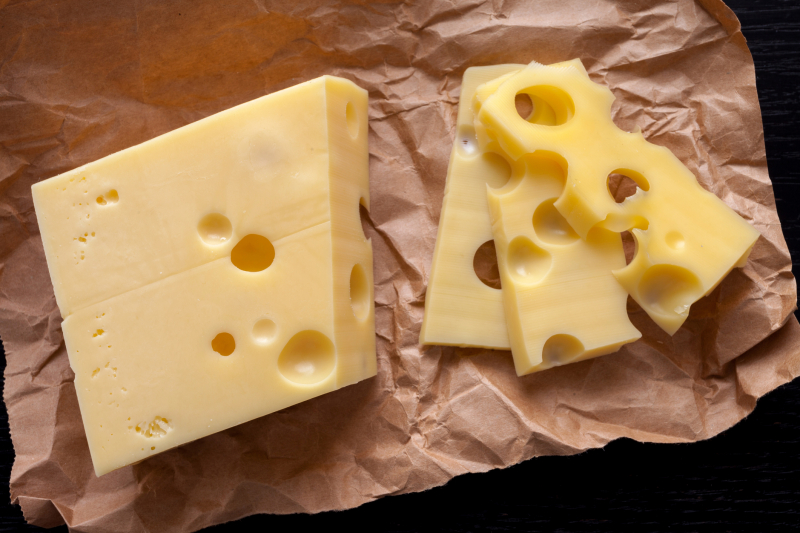
Swiss Cheese 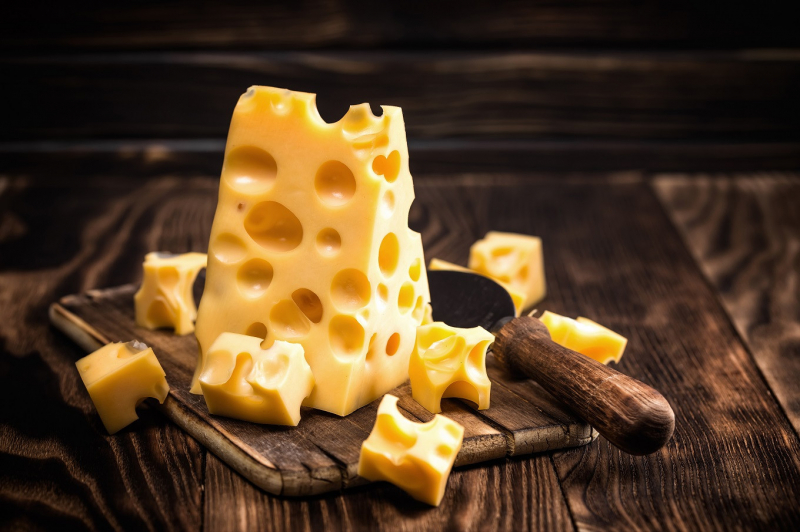
Swiss Cheese -
Cheddar is a semi-hard cheese from England that is widely consumed. It can be white, off-white, or yellow and is made from cow's milk that has matured for several months. Cheddar's flavor varies according to the variety, which ranges from mild to extra sharp.
Cheddar is a strong source of vitamin K, especially vitamin K2, in addition to being high in protein and calcium. Vitamin K is important for bone and heart health. Vitamin K deficiency can lead to calcium buildup, which can restrict blood flow and raise the risk of blockages and heart disease. It's critical to acquire enough vitamin K from food to avoid calcium buildup. K2 from animal foods is better absorbed than K1 from plants, so it may be helpful for heart disease prevention. In fact, one research of nearly 16,000 adult women found that increased vitamin K2 intake was linked to a lower risk of heart disease over the course of eight years.
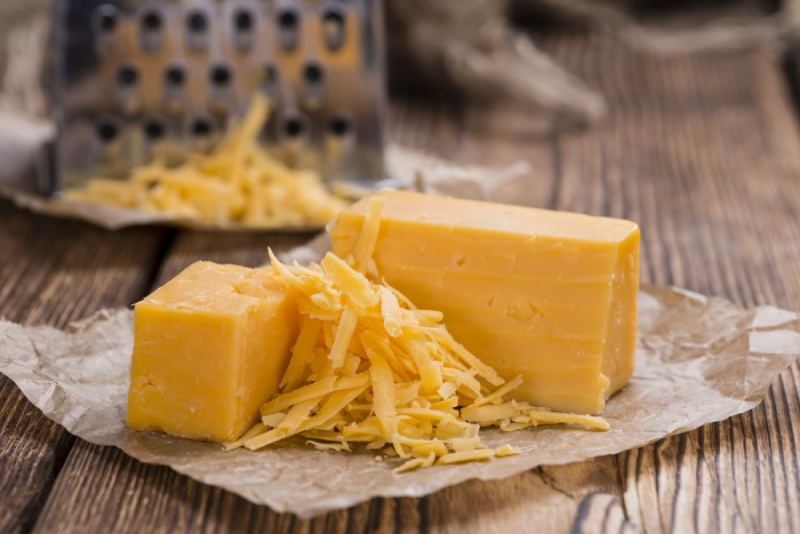
Cheddar Cheese 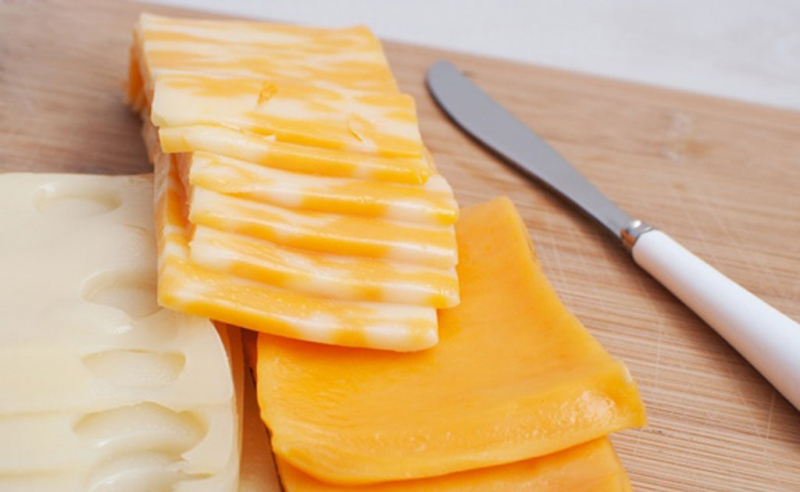
Cheddar Cheese -
Chèvre, or goat cheese, is a tangy, soft cheese made from goat's milk. Goat cheese is a nutrient-dense dairy product high in vitamins, minerals, and healthy fats. Goat cheese has a number of health benefits, including increasing satiety and lowering inflammation.
Goat's milk contains more medium-chain fatty acids than cow's milk. These fats are quickly absorbed and less likely to be stored as fat in your body. Furthermore, goat cheese may be easier to digest for some people than cow's milk cheese. This might be due to the fact that goat's milk has a lower lactose content and contains different proteins. Goat cheese, in particular, includes A2 casein, which is less inflammatory and less likely to cause digestive problems than A1 casein found in cow's milk. Crumbled goat cheese can be added to salads, pizzas, and eggs.
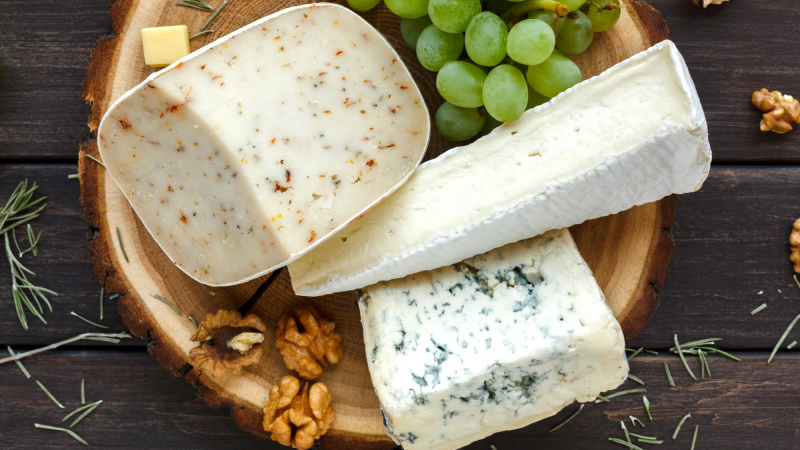
Goat Cheese 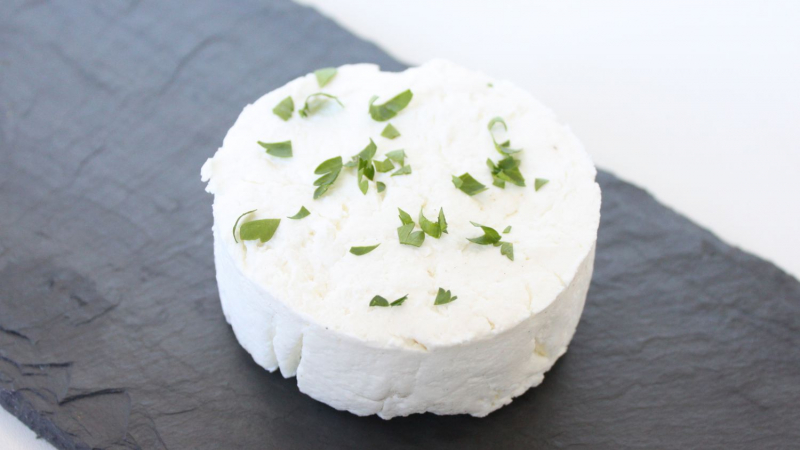
Goat Cheese











